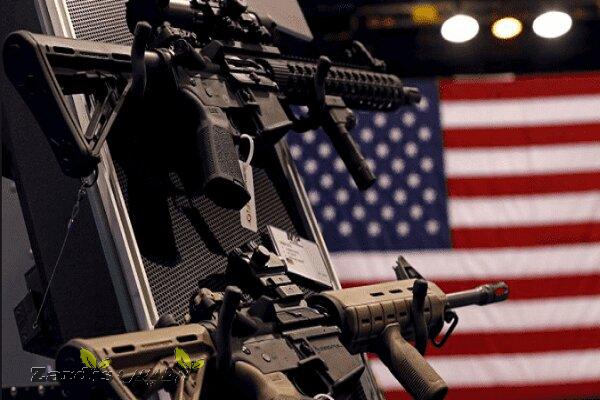TEHRAN – Available evidence suggests that locks have been made in Chaleshtar for centuries. Experts believe that the artistic values of Ghoflsazi (locksmithing) are more significant from its industrial aspects.
Chaleshtar is one of the oldest cities in the neighborhood of Shahr-e Kord in Chaharmahal-Bakhtiari province.
In Chaharmahal-Bakhtiari the padlocks were more used as means of protection of objects such as saddlebags or Namakdan (a kind of handmade satchel). In addition to protection, people used some padlocks as talismans.
According to Visit Iran, people believed their prayers would be answered if they latched padlocks to holy shrines. And sometimes they locked them as thanks to an answered prayer. In some cases, specially designed padlocks were ordered by the rulers. They were ornated by the name of God and holy Imams. One example is the padlock on the door of Kaaba. It was made by Haj Abdolvahab Riyahi Chaleshtari (of Chaleshtar) in Mecca.
One kind of these padlocks highlights the cultural aspect and the belief of people. They are called “Ghofl-e Kamar”. Another kind, Bakhoo, was made to lock the mules to stop them from scattering. Today traditional padlocks of Chaleshtar are made in small sizes and as jewelry such as necklaces.
A typical Chaleshtar padlock consists of 13 parts named Toopeh (the body), Do Payeh, Dasteh (handle), Mikh (nail), Tah Ghofl (base), Tablak, Dari, Fanar (spring), Zabaneh, Marpich, Washer, Masoureh and Dari Masoureh. All of them are handmade. The key has four parts: Dasteh (handle), Varband, Masoureh and Marpich. Each key has its own unique padlock and cannot be used to unlock another. That is why the keys turn either clockwise or counterclockwise. The padlocks are usually made of copper, iron, brass, and iron cast.
One of the most ancient locks, dating to the 13th century BC, was excavated at Tchogha Zanbil, a UNESCO World Heritage in southwest Iran. The lock consisted of a bolt and a tumbler and was probably used on a wooden door, according to Iranica.
Numerous mechanisms are found in Iranian padlocks, including barbed spring, bent spring, helical spring, shackle spring, notched shackle, hook and revolving catch, and notched shackle with rotating discs, as well as combination and multiple mechanisms.
Until not long ago, every bazaar had a section for locksmiths (bazaar-e ghoflsazha), but the importation of machine-made locks from the West drove the locksmiths out of the city bazaars. Those in the villages, however, managed to survive until the 1970s.
Locks have also played an important role in popular beliefs. Pregnant women were hoping to prevent miscarriage, wearing a small lock on a cord around their waist.
In addition to animals, many new shapes for locks made of steel were inspired by objects and vessels such as the cradle, kashkul (a bowl in which dervishes put the alms and food given to them), suitcase, and lantern, as well as all kinds of geometric shapes.
Talismanic locks constitute a great number of locks and come in all shapes. These are often small and made of silver or steel inscribed with talismanic writing, and they have various functions, such as protecting a child from the evil eye, “locking” an enemy’s tongue, and so forth.
Throughout the Islamic period in Iran, locks were made in all shapes and sizes. In the first centuries after the introduction of Islam (7th-9th centuries) in Iran, locks followed the same style as those of the Sasanians.
With the rise of the Safavids (1501-1722) to power, there was a major evolution in lock-making. The Safavids’ love of steel arms and other steel implements encouraged locksmiths to use this metal for locks, which were previously made of bronze and brass.
AFM
- News code 21618
- 338 View
- بدون نظر
Zardis news | The latest news of Iran and the world
تمامی حقوق مطالب برای Zardis news محفوظ است و هرگونه کپی برداری بدون ذکر منبع ممنوع می باشد.
طبق ماده 12 فصل سوم قانون جرائم رایانه ای کپی برداری از قالب و محتوا پیگرد قانونی خواهد داشت.
طراحی و اجرا: سامانه سایت ساز زردیس







